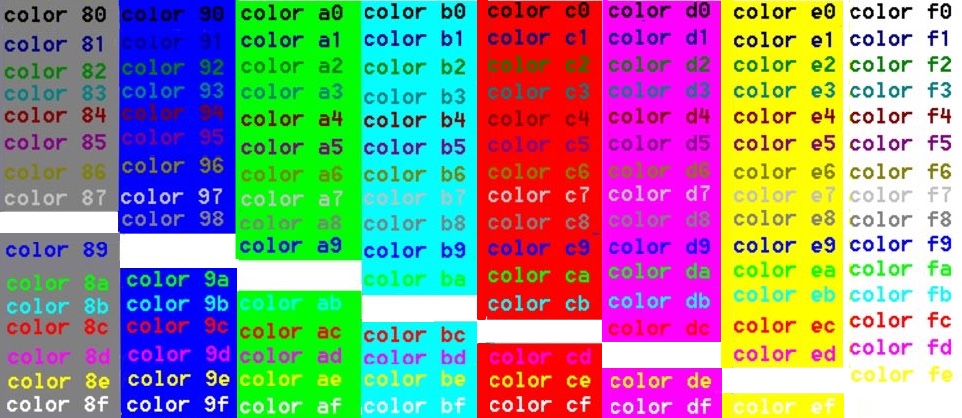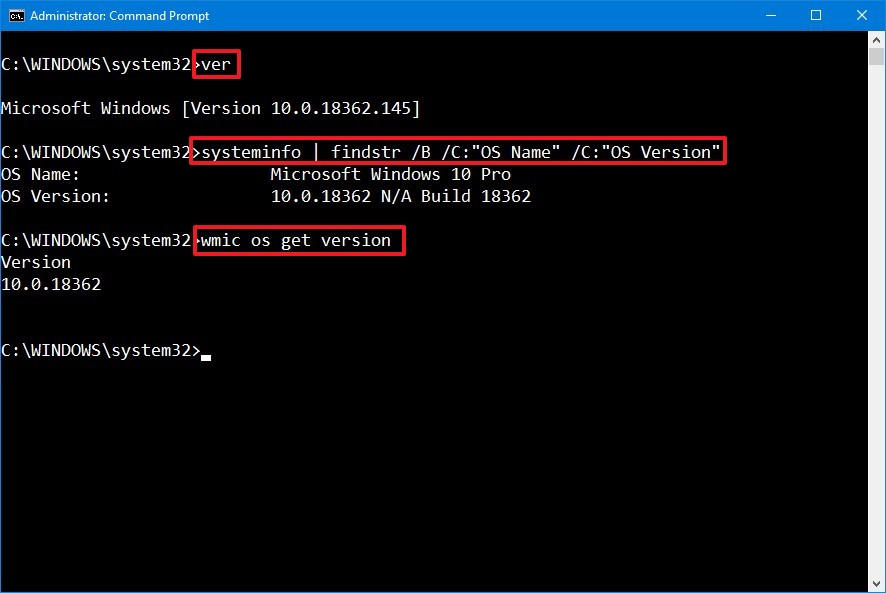

If the information that you supply contains spaces, you must use quotation marks around the text (for example, "Computer Name"). If used without parameters, cmd displays the version and copyright information of the operating system. This is the default option used.Starts a new instance of the command interpreter, Cmd.exe.

W: The time the item was last written to.A: The time the item was last accessed.
Windows cmd c code#
Using the /T switch along with a letter code lets you sort results by the different time stamps associated with files and folders. This means all files and folders in every subdirectory, all files and folders in those subdirectories, and so on. You can use the /S switch to recursively show all files and folders inside the current directory. dir /R Display All Files and Folders and Everything Inside

Windows cmd c plus#
Derek Abella / Lifewire Attrib Command Availability The attrib command is available in the Command Prompt in all Windows operating systems including Windows 11, Windows 10, Windows 8, Windows 7, Windows Vista, Windows XP, plus older versions of Windows as well. Also: An A-Z Index of Windows CMD commands Using multiple commands and conditional processing symbols You can run multiple commands from a single command line or script using conditional processing symbols. ADS are a feature of the NTFS file system that let files contain additional metadata for locating files by author and title. Its run from the Command Prompt in all versions of Windows. The /R switch displays any alternate data streams (ADS) that files might contain. Next, enter md c:\hello to create a directory, and then enter cd c:\hello to change to that directory. dir /Q Display Alternate Data Streams (ADS) Create a C source file and compile it on the command line In the developer command prompt window, enter cd c:\ to change the current working directory to the root of your C: drive. Using the /Q switch on the DIR command displays metadata tied to files and directories, along with ownership details. You have to press a key to continue viewing the next page of results. You can use the /P switch to have the Command Prompt pause the results after it displays each screen. Some directories have hundreds or thousands of files. So, for example, you could use the following command to sort results by time and date, with older entries appearing first:ĭir /O-D Display Results One Page at a Time

Now, you can use it along with a “-” (minus) to have filenames displayed on the far left instead. The /N switch used to be used to achieve this effect. dir /L Display Filename Results on the Far Rightīy default, the Command Prompt displays the names of files to the far right. The /L switch displays all names of files and folders as lowercase. When you display results this way, the Command Prompt does not show extra file information (file size and so on)-just the names of the files and directories. You can use the /D switch to display results in two columns instead of one.


 0 kommentar(er)
0 kommentar(er)
